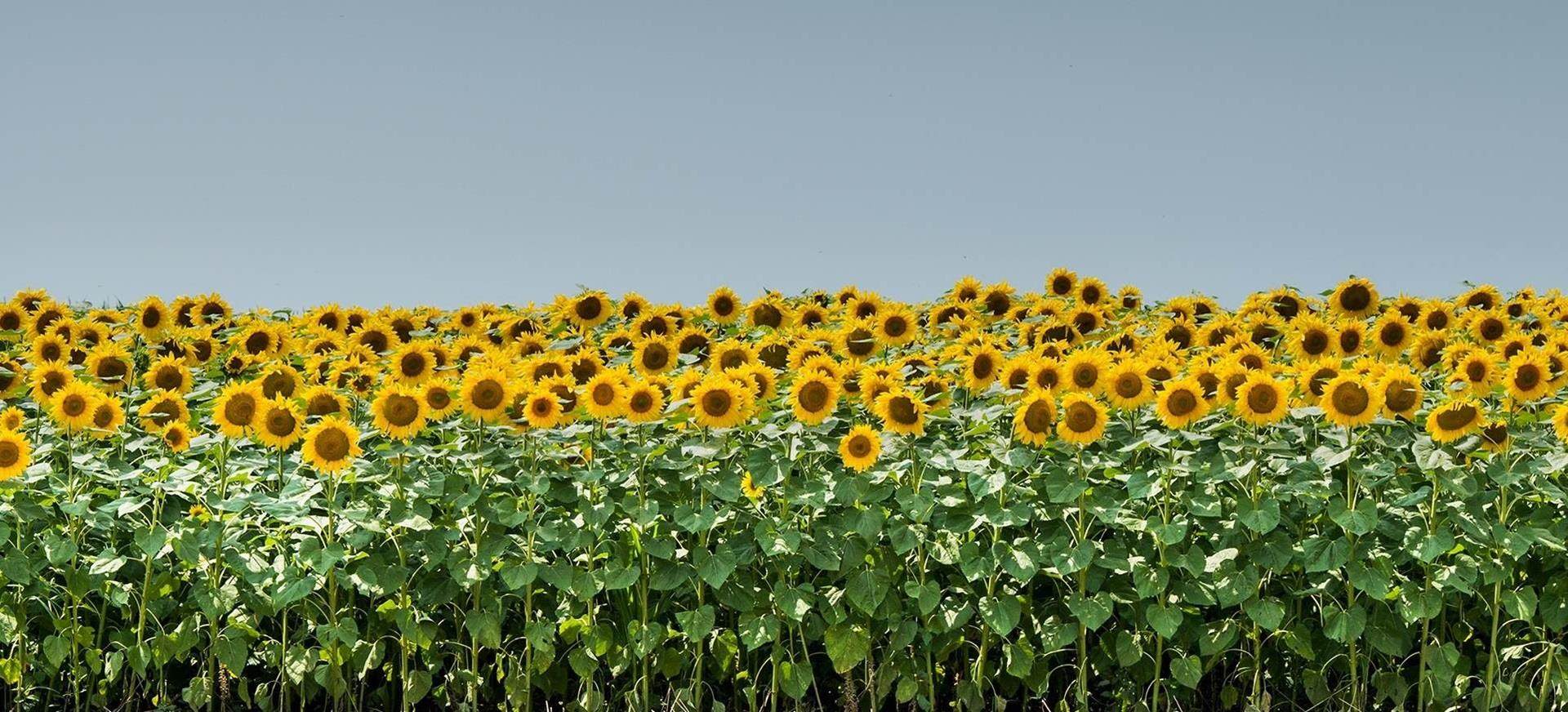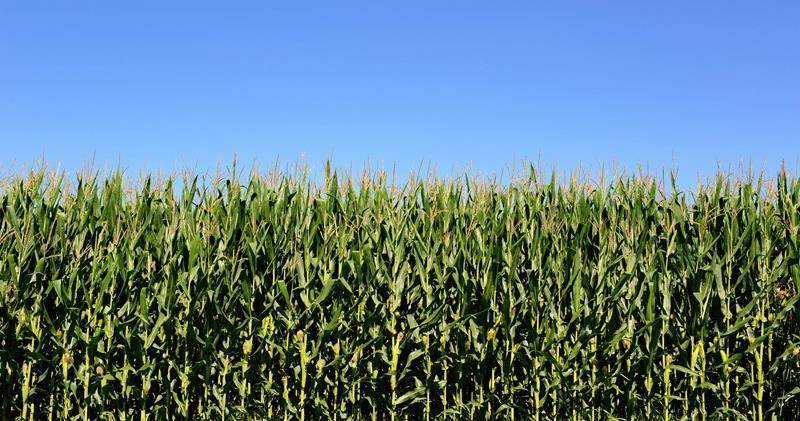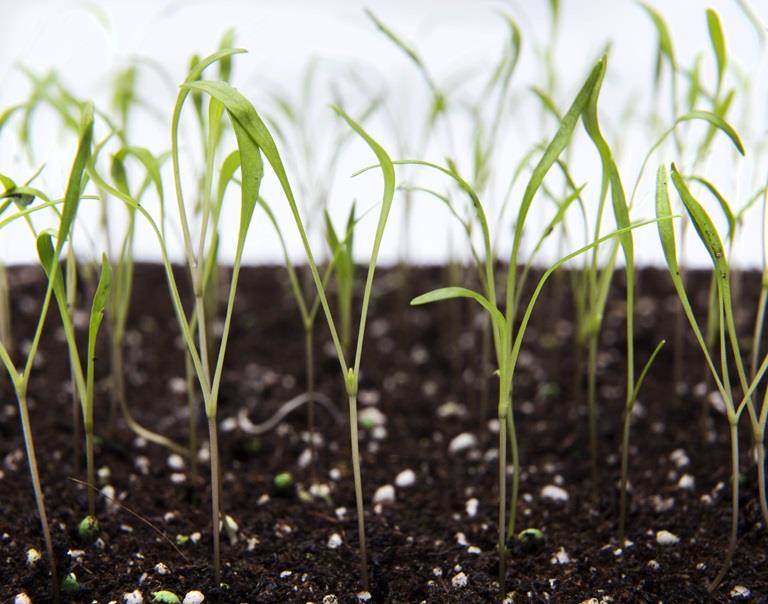Are microplastic-free solutions here to stay?
Are microplastic-free solutions just another trend in the seed treatment industry? Can we match the performance of conventional microplastic-containing seed treatments? Or will the new formulations need to compromise on some of the aspects of product quality?
Microplastics in the seed industry became a hot topic several years ago. In 2018 the European Chemical Agency (ECHA) published their first draft restriction proposal in which seed treatment featured as one of the industries that contributes to intentionally added microplastics in mixtures used by consumers or professionals. By now most people in the industry are aware of the restriction proposal and the potential consequences it may bring to the seed industry. Even though lots of seed treatment producers have started development work to find good alternatives, some of them have been proven to not work as well as existing solutions, jeopardising quality and therefore the safety of the treated seeds for farmers, the environment and factory workers.

Are microplastic-free formulations robust enough?
In the past decade, seed treatment has evolved tremendously from a simple formulation consisting of colour and a simple binder to more advanced formulations which focus on handling safety and retention of materials on seed. The amount of plant protection products applied to seeds has become more and more challenging, bringing seed treatment solutions to the edge of their performance capacity. To ensure that the growing plant gets the best start to life, formulation chemists and polymer specialists have been tasked with designing film coating liquids (glue which binds rich seed treatments) that are much more robust and at the same time gentle for the germinated seed.Some of the improvements brought by seed treatment include better dust-off, flowability, abrasion resistance, cosmetics, growth, yield, shelf-life and germination. Not forgetting the decrease in the amount of the plant protection product that needs to be applied compared to the traditional spray application. None of it would be possible without careful selection of the right polymer from a broad range of available polymers chemistries. So, the questions really are: can the new microplastic-free formulations address those challenges as well as their predecessors? Can we expect that a microplastic-free formulation that eventually degrades in the environment will still be robust enough to protect the seed, the farmer, the environment and the factory workers?
What is a microplastic?
Firstly, let’s start with the definition of microplastics according to ECHA. At the moment, a microplastic is defined as a polymer-containing solid or semi-solid particle sized 5 mm or less in at least one external dimension. The initial working definition does not distinguish between synthetic, naturally occurring or modified naturally occurring polymers or between water-soluble and water-insoluble polymers. Nevertheless, these elements have been recognised as important for the risk assessment and information on these aspects have been added to the final restriction proposal.Following this, the current definition of microplastics was based on the term ‘polymer’ and many may argue that not all polymers are plastics but all plastics, and therefore all microplastics, are polymers. One reason for this was that the term ‘polymer’ is defined under REACH (Registration, Evaluation, Authorisation and Restriction of Chemicals) whilst plastics are not. ECHA recognises that polymers that occur in nature in solid or semi-solid particulate form, like cellulose or starch, can be inherently biodegradable and therefore should not be consider microplastics. Nonetheless, additional data on the release to the environment and biodegradability might be required for the exemption. Next to that, polymers that are water soluble will also remain soluble after release into environment, therefore they are unlikely contributors to the microplastic concern. Still, there is a need for the appropriate threshold value for demonstrating solubility, which is under discussion now and will most likely be added to the final restriction.
Seed coating requirements
Microplastics will be present in the environment for a long time after their initial release and consequently, they will accumulate and be a potential health risk. They are resistant to normal environmental degradation, which is the biggest concern moving forward and the basis for the restriction. Alternatives that will ensure this will not happen need to be sought. As mentioned previously, current solutions in seed treatment may contain solid non-degradable polymers like polystyrene or polyacrylate copolymers which are water dispersible but not soluble. They have been designed as film-formers that ensure good adhesion of all components onto the seeds which also need to allow the optimal movement of water in the seed coating. They must be non-hazardous for the seed as well as for the growing plant. This delicate balance needs to be translated into the new solutions and, as they need to be much more biodegradable or soluble than current ones, we must ensure that this will not create new problems with on-shelf stability for either formulations, coated seeds or ease of application. Finding the best solution will be demanding but not impossible.Opportunity for greater sustainability
For all those reasons, the quest for microplastic-free seed treatment presents itself with great challenges but also great opportunities for even greater sustainability. The United Nations Development Programme has established sustainable development goals and by moving towards microplastic-free solutions for seed treatment we can surely contribute to goal 14: the sustainable management and protection of marine and coastal ecosystems – Life below water. Microplastic-free is not only a trend, it’s here to stay and we can be certain that we will see the seed industry move in the direction of microplastic-free film coatings, pellets and encrustment technologies. Regulatory restraints might be the catalyst for the move but now more than ever we should make sure that we take the right decisions for the future of our planet.New microplastic-free products
Moving forward, Incotec has prepared a series of new products for sunflower, corn, soybean and vegetables seeds that are microplastic free. These new and innovative products address all the most important aspects of conventional seed treatment, making sure that all the features of advanced seed treatment have not been lost. Incotec is committed to making sure that its full product portfolio is microplastic-free and sustainable to the max, which is the direction of our sustainability strategy, Mission Zero.

